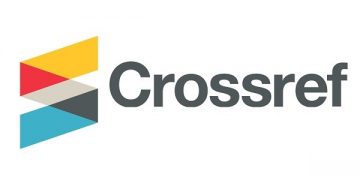Implementasi Metode Talaqqi untuk Optimalisasi Hafalan Surah Pendek di SD Negeri 2 Bowongso
DOI:
https://doi.org/10.61722/jssr.v3i3.4776Keywords:
talaqqi, memorization of the Qur'an, short surahs, elementary schoolAbstract
Memorization of the Qur'an is an important part of Islamic Religious Education learning in elementary schools. However, students' memorization achievement is often not optimal because the methods used are still conventional and lack variety. This study aims to determine how the application of the talaqqi method can improve the memorization of short surahs of grade V students at SD Negeri 2 Bowongso, Kalikajar, Wonosobo. The method used is qualitative descriptive with data collection techniques through observation, interviews, and documentation. The results of the study showed that the talaqqi method, namely the teacher reads the verses and then students imitate them repeatedly, effectively improves students' fluency, accuracy, and memory. As many as 83.87% of students were able to memorize fluently and according to the rules of tajwid. Supporting factors for success include teacher involvement, learning intensity, and environmental support.
References
Arsyad, Azhar. (2019). Media Pembelajaran. Jakarta: Rajawali Pers.
Hamam, Hasan bin Ahmad bin Hasan. (2008). Kaifa Tuhafizh Ibnaka Al-Qur’an. Kairo: Dar al-Falah.
Kementerian Agama RI. (2003). Pedoman Transliterasi Arab Latin. Jakarta: Puslitbang Lektur Keagamaan.
Sa’dulloh. (2012). Strategi Menghafal Al-Qur’an. Jakarta: Pustaka Al-Kautsar.
Sugiyono. (2019). Metode Penelitian Pendidikan Pendekatan Kuantitatif, Kualitatif, dan R&D. Bandung: Alfabeta.
Undang-Undang Republik Indonesia Nomor 20 Tahun 2003 Tentang Sistem Pendidikan Nasional.
Downloads
Published
Issue
Section
License
Copyright (c) 2025 JOURNAL SAINS STUDENT RESEARCH

This work is licensed under a Creative Commons Attribution-ShareAlike 4.0 International License.













